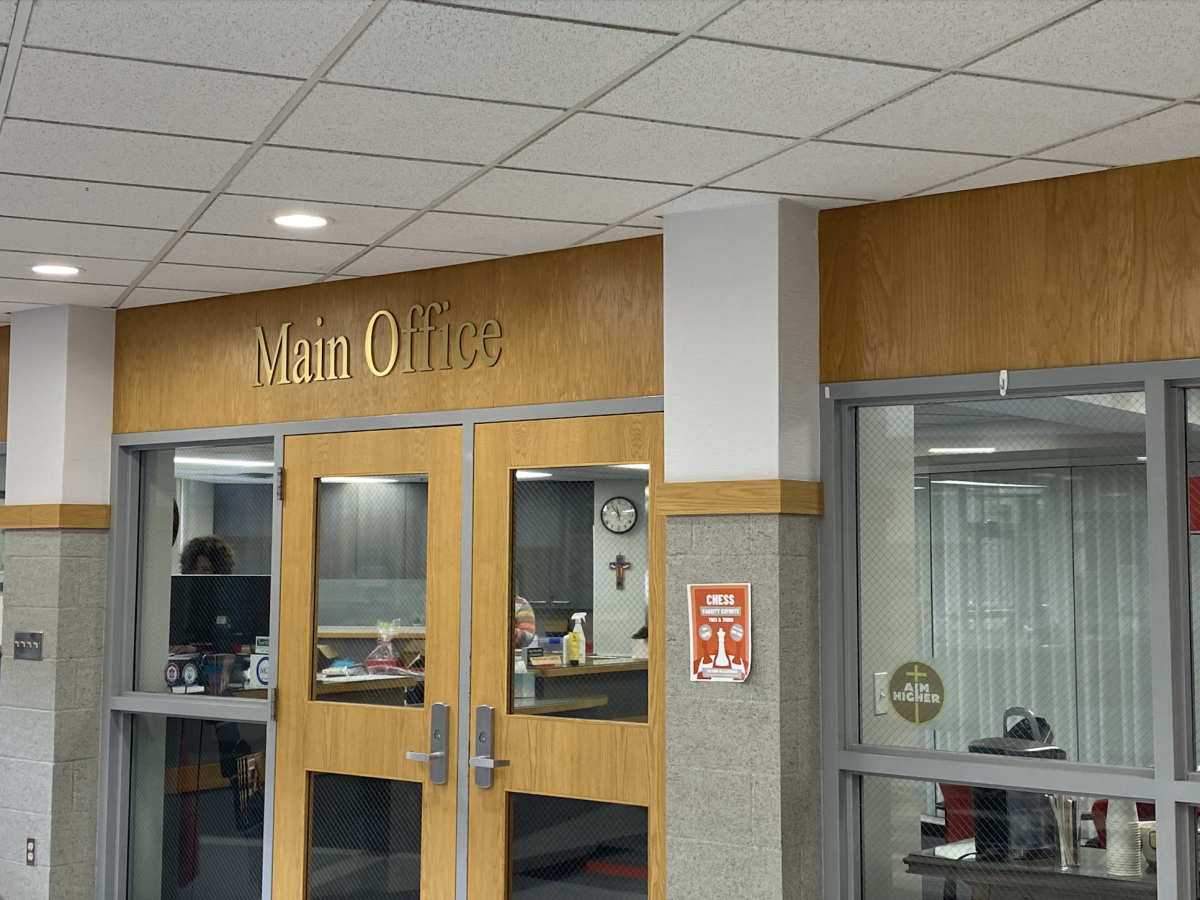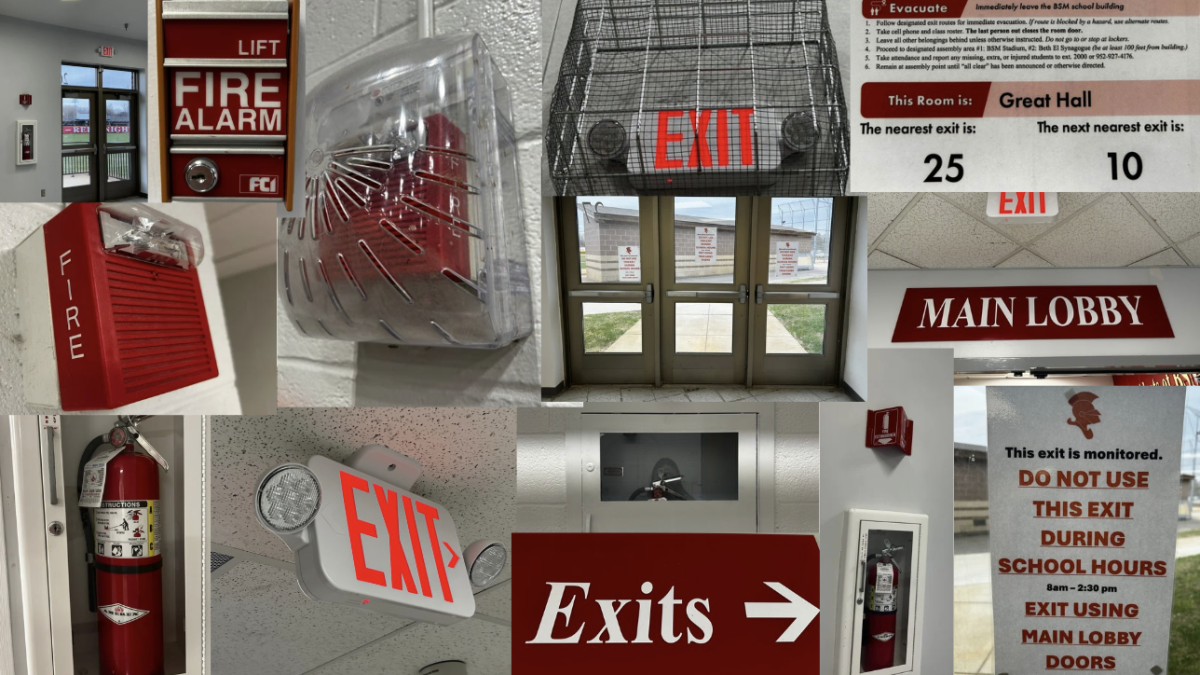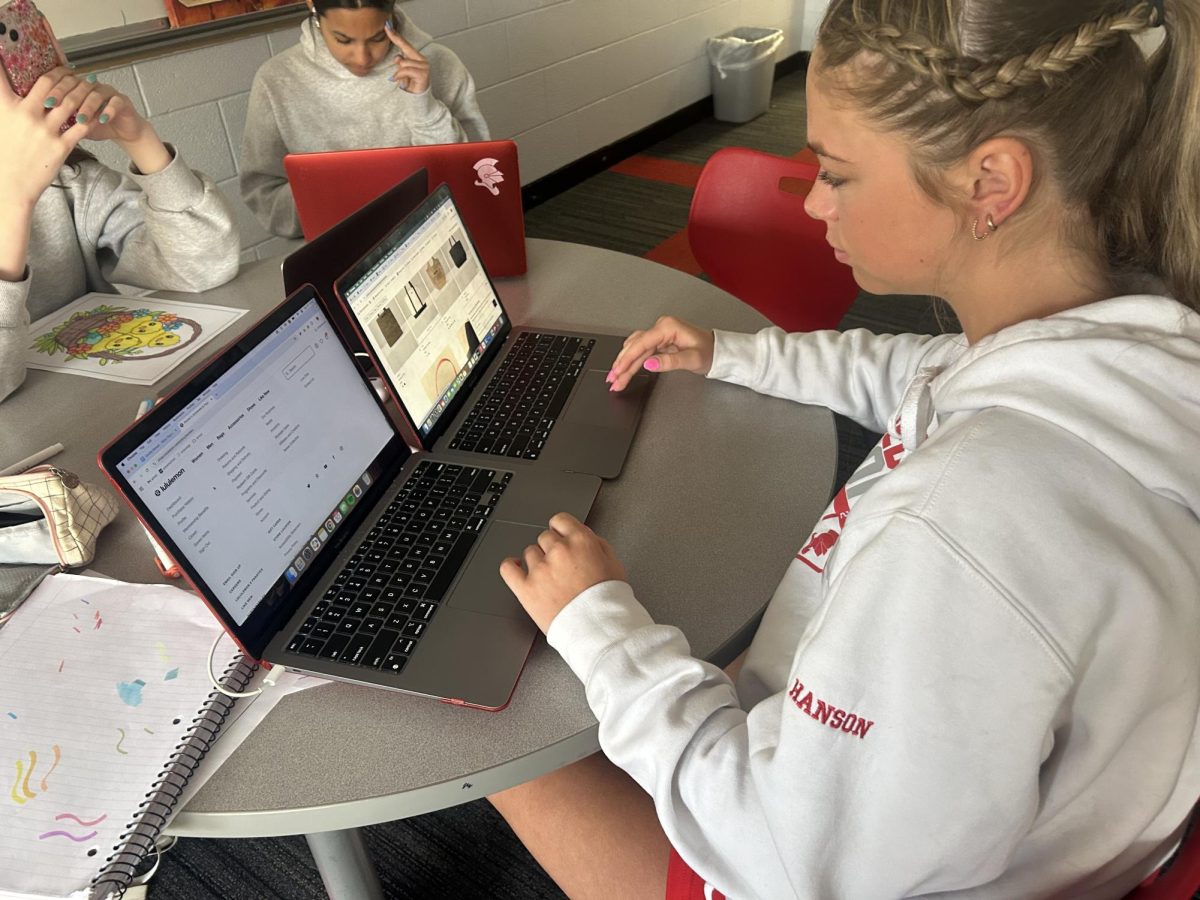Why No Wifi?
Students are upset after having to wait for wifi.
For the past month, BSM has been facing wifi challenges. Waiting for something to load for minutes on end has become the norm, and students and teachers alike are frustrated. Work and productivity is hindered by this issue, causing a tense atmosphere throughout the school.
In today’s world, a large portion of school is done online. Most classes at BSM require at least one part of each class to be on computers. Whether it’s submitting something online or playing a video for the class, it is almost impossible to get through a single day without adequate wifi. The number of people online is said to have increased the wifi problems. However, there are mixed feelings about this. Some believe this is a cheap excuse, as online work has been prevalent at BSM for the past decade. “First of all, my wifi has been so terrible lately. Second of all, a lot of times teachers are blaming it on streaming…But it’s like, we’ve always been streaming, you know what I mean? So why is it all of a sudden now the problem?” junior Julia Lealos said.
In a recent survey sent out by the Knight Errant, 99.2% of students noticed wifi problems. 96.6% have said that it has impacted their online learning and productivity and made it difficult for them to turn things in on time. “Today, my teacher, Mrs. Watson, couldn’t get up a video for probably 10 or 15 minutes. And it was hard for her and also for us to figure out what we’re supposed to do in the meantime,” freshman Abby Kagel said.
Teachers have been feeling the frustration of the lag too. “So much of what we do is online. So I think it’s just there’s too many people on it. Too many people on it at one time and too many people doing things that aren’t work related, like streaming or doing something else playing video games, and I think that’s just naturally going to slow down any network,” Social Studies teacher Mr. Bandel said.
Director of technology and digital learning Erin Offerdahl says that the issue lies more with the schools bandwidth, not wifi. “It’s not an issue with the wifi. We’ve had engineers look at it and everything is working the way that it’s supposed to. We believe the struggle right now is the bandwidth…If you think of it in terms of a highway, a highway has three lanes. Well at 10 in the morning, there’s not as many cars as six at night. So the more people trying to get on, the less room or bandwidth,” Offerdahl said.
Bandwidth is the amount of data that can be set or transmitted over a wifi network. It is often measured in bits per second (bps) and represents the maximum capacity of the wifi network to process data. Think of bandwidth as if it were like water pressure, when there’s not a lot of people using it, it’s strong, but when a lot of people are, it’s not as strong. Games as well as streaming services such as Youtube, HBO and Netflix take up lots of bandwidth and cause slow service. Recently, a game called Shell Shockers has become popular among students and has led to slower bandwidth. “It’s mainly streaming services and games that are being used that are causing a good chunk of the issues” tech intern Thomas Medina said.
To try and counter the issue of students playing games on their laptops, BSM has banned the use of many streaming services and games on school issued laptops while on the school wifi. Although this solution is effective, it comes with some drawbacks. To get around these bans, students use virtual private networks (VPN) and proxies to access these sites while on school wifi. These, along with games and streaming services, take up lots of bandwidth, which further slows it? down. “There’s too many of these kids just gaming and it needs to stop, they also need to stop with the use of these proxies and VPNs sucking up even more bandwidth,” freshman Zach Pelley said.
BSM is eager to get back to the times when computers ran efficiently through the school, so they are trying many solutions. However, when students don’t comply with online ethics it can make things difficult. “So we actually went through and we have increased our bandwidth by 150%. And we’re still having issues…Part of that is going to be students just realizing that even if they’re not actively watching the video, if you have the tab open still, that’s still consuming bandwidth…this morning, I had a junior high student that had over 150 YouTube tabs [open],” Offerdahl said.
This issue is certainly complex, and although frustration still runs throughout the school, the technology staff is surely doing everything they can to keep both people and computers happy. “What we’re actively trying to do right now is figure out a happy medium.…what we need to start looking at now is how we can better allow people to access what they need to while keeping them off of what they don’t need to,” Offerdahl said.




































![Teacher Lore: Mr. Hillman [Podcast]](https://bsmknighterrant.org/wp-content/uploads/2025/03/teacherlorelogo-1200x685.png)





